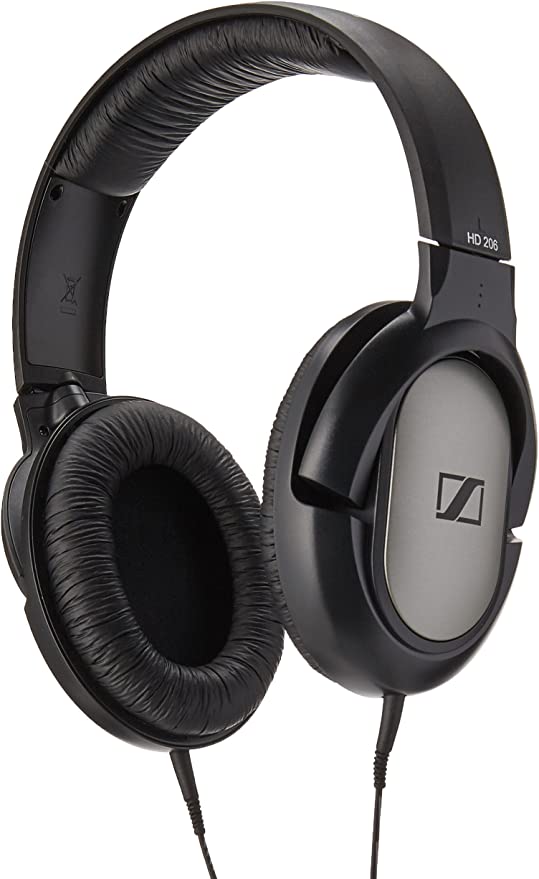The End of the Chair: Why Your Home Office Is About to Become a Dynamic Wellness Hub
Update on Oct. 21, 2025, 6:35 p.m.
For over a century, the blueprint for a productive workspace has been remarkably consistent: a desk, a chair, and a person sitting still. From the factory floor manager’s office to the sprawling open-plan tech campuses, the chair has been the unquestioned throne of productivity. The pandemic-driven shift to remote work didn’t shatter this paradigm; for many, it simply relocated it to a corner of the bedroom. But a quiet and profound revolution is now underway. It’s a shift driven not by technology alone, but by a radical re-evaluation of our relationship with work itself. We are rapidly moving from an era defined by place-centric work to one defined by person-centric work, and in this new world, the static, sedentary office is becoming obsolete. Your home office is on the verge of its next great evolution: from a makeshift work corner into a dynamic, personalized wellness hub.

The Great Re-evaluation: Health as a Non-Negotiable Asset
The “Great Resignation” was just the opening act. The real story is the “Great Re-evaluation,” where millions of professionals are no longer willing to sacrifice their physical and mental health on the altar of productivity. A recent Deloitte survey revealed that Gen Z and Millennial workers now rank work-life balance and a company’s commitment to wellbeing as top priorities when choosing an employer. They inherently understand the immense cost of what the medical community has termed “Sitting Disease”—a condition the Rand Corporation estimates costs the U.S. economy over $100 billion annually in lost productivity and healthcare expenses.
This employee-driven demand is meeting a top-down corporate realization. A recent Gartner report found that over 70% of companies are increasing their investment in employee health and wellness. They’re not doing this out of pure altruism; they recognize that in a distributed workforce, the wellbeing of their employees is directly tied to the resilience and innovation of the company. A burnt-out, unhealthy workforce is a liability. A thriving, energized workforce is the ultimate competitive advantage. This convergence of employee demands and corporate strategy is creating a massive tailwind for a complete redesign of our work environments.
From Static Spaces to Dynamic Ecosystems
For years, the most progressive thinking in office design focused on macro-environmental factors, leading to certifications like the WELL Building Standard, which considers air quality, light, and biophilia. We are now seeing this philosophy shrink down to the micro-level of the individual workstation. The new standard is not just about a space that is healthy, but one that promotes healthy behavior.
This is the principle behind the rise of the dynamic workspace. It’s an ecosystem of tools and furniture that encourages a natural cycle of movement throughout the day—sitting, standing, and walking. It acknowledges that the human body is not designed for any single static posture, however “ergonomic” it may be. The goal is postural variation. A height-adjustable desk is the first step. But the true game-changer is the integration of low-intensity movement tools, such as an under-desk treadmill or walking pad.
Devices like the Freepi NYQ3816 are a physical manifestation of this new philosophy. They are compact, quiet, and designed to integrate, not dominate. Their existence signals a fundamental shift: the idea that gentle movement is not a break from work, but an integral part of it. The ability to seamlessly transition from focused, seated work to a walking meeting or a brainstorming stroll without leaving your desk is the cornerstone of this new paradigm. The compact design and portability mean this ecosystem can exist in a small apartment, democratizing access to a healthier way of working.
The Home Office as a Corporate Perk
As companies compete for top talent in a flexible work landscape, the definition of “perks” is changing. The office ping-pong table and free snacks are irrelevant when your workforce is distributed. The new frontier of benefits is empowering employees to build their own optimal work environments. We are already seeing companies offer stipends for home office furniture, high-speed internet, and co-working spaces. The next logical step is providing allowances or direct access to wellness-focused equipment.
Investing in a dynamic workstation for an employee is no longer an extravagant expense; it’s a high-ROI investment in their long-term health, focus, and engagement. It is a tangible, daily demonstration of a company’s commitment to its people, a message far more powerful than any wellness newsletter.
Conclusion: Your Workday, Reimagined
The era of the chair as the sole symbol of work is ending. Its successor is not the standing desk alone, but a fluid, adaptable environment that serves the needs of the human, not the needs of the institution. Your home office is the frontline of this revolution. It is becoming the place where the lines between work, health, and wellbeing don’t just blur, but merge into a single, integrated experience. The tools that enable this shift are more than just gadgets; they are the building blocks of a future where our work sustains us, not drains us—a future where we don’t just work from home, but thrive there.









